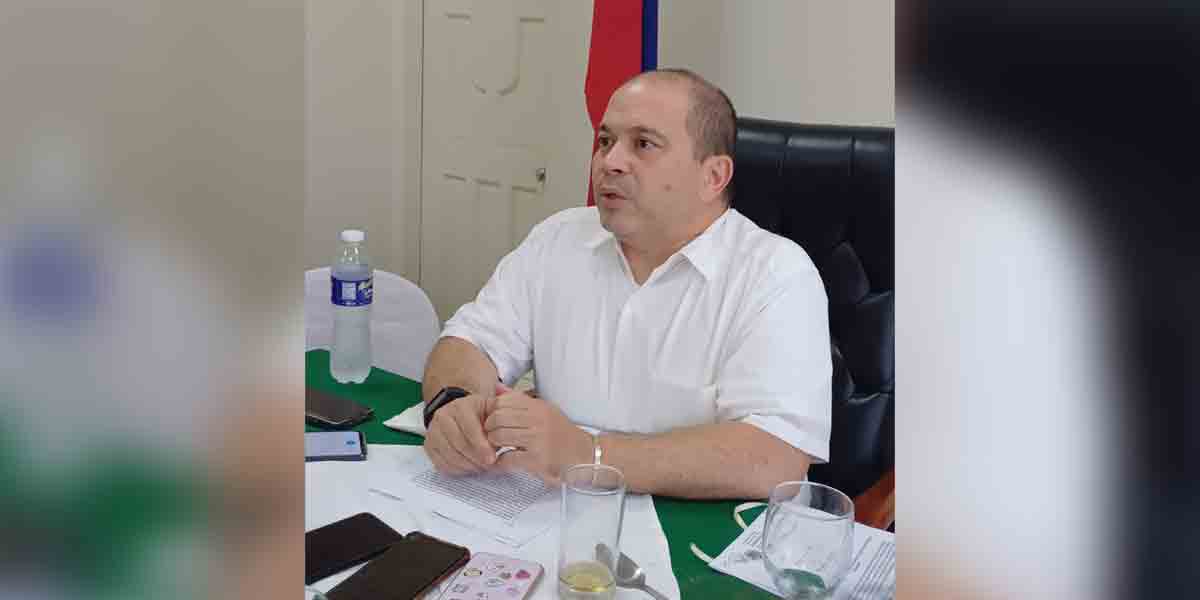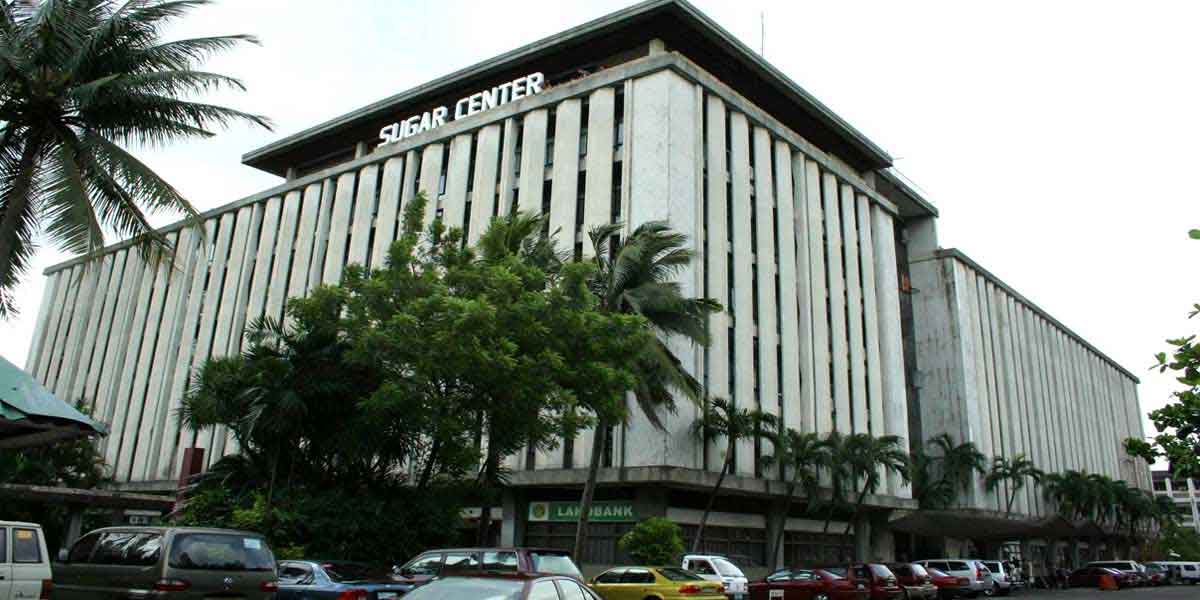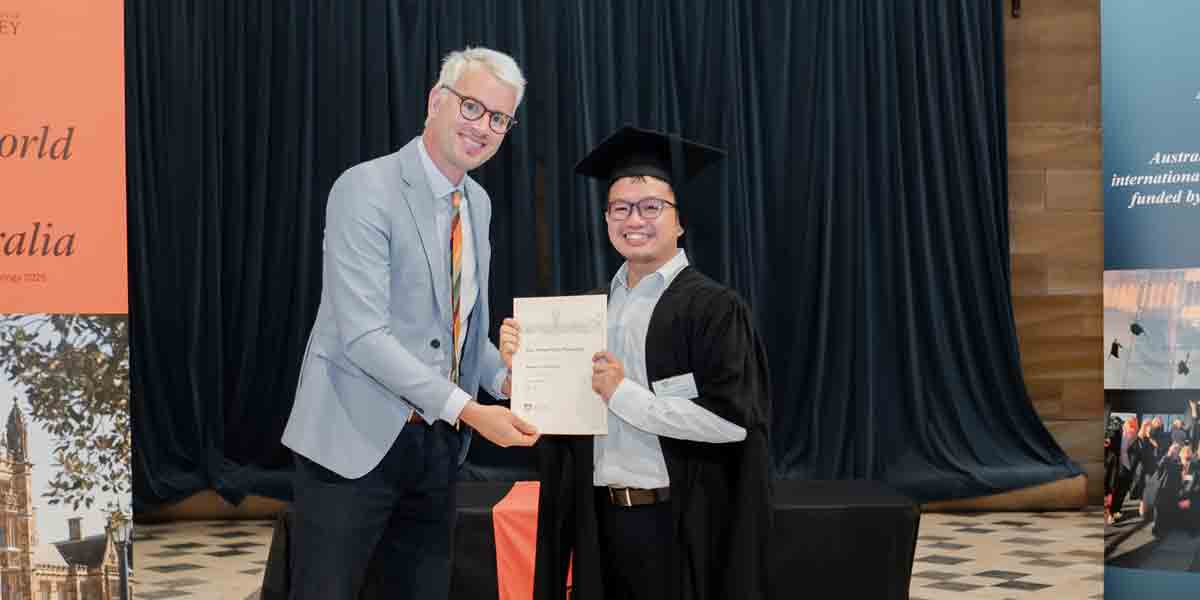By Francis Allan L. Angelo
In a world where the pursuit of knowledge is supposedly noble, the West Visayas State University (WVSU) finds itself embroiled in a scandal that could rival the plot of a high-stakes spy thriller.
Welcome to “The Great Test Heist,” where the future of academia is not determined by hard work or merit, but by one’s ability to sneak into the metaphorical vault of test questions.
MISSION: ADMISSION
Our story begins with an innocent Facebook post, a digital flare shot into the night sky, signaling the presence of a rogue gallery of academic spies. These aren’t your run-of-the-mill villains; they’re students armed with nothing but their wits and perhaps a smartphone or two. Their mission? To infiltrate the impenetrable fortress of WVSU’s examination system.
Behind every great heist is a mastermind. In this case, WVSU is still investigating but, CJ Gania Barnezo Arellano, the whistleblower or perhaps the Moriarty of academic exposés, has roused social media with a single Facebook post, much to the chagrin of university gurus.
THE PLOT THICKENS
As the plot unfolds, we find the university administration in a mad scramble. Statements are released, investigations launched, and assurances of transparency given. Yet, the elusive Dr. Joselito Villaruz, WVSU President and perhaps the story’s Sherlock Holmes, remains mysteriously silent. The tension is palpable, the stakes high. After all, at risk is the integrity of an institution and the future of 20,925 would-be scholars.
Successive reactions, mostly for social media fodder and clicks, ended as hilarious miscalculations. The worst predicament is sounding like “The Great Tolerance” or the “Accidental Gas-Lighter.” The pains of blah-blah-blah.
A TWIST OF IRONY
In an ironic twist, the very tools meant to democratize education and spread knowledge are used to undermine it. The photograph of the test questions, rumored to have circulated among students before the exam, represents not just a breach of trust but a profound commentary on the state of modern(?) education. In this tale, knowledge is not a treasure to be earned but a commodity to be acquired by any means necessary.
THE MORAL (OR LACK THEREOF)
One can’t help but ponder the moral of the story. In a world increasingly obsessed with success at any cost, the lines between right and wrong blur. The Great Test Heist is not just a tale of academic dishonesty; it’s a mirror reflecting the pressures and absurdities of our education system.
So, dear reader, as you turn the page on this sordid affair, ask yourself: In the grand scheme of things, who are the real cheaters? Is it the students, desperate for a leg up in a competitive world? The institutions, for fostering an environment where only the result counts? Or perhaps society itself, for valuing the letter of achievement over the spirit of learning?
In the end, The Great Test Heist serves as a reminder that sometimes, the truth is stranger than fiction, and satire, not unlike a well-timed joke, can reveal more truth than any investigation ever could.
POSTER CAPER
UP Visayas found itself embroiled in a scandal of monumental proportions. No, it wasn’t about groundbreaking research or a faculty member’s Nobel Prize nomination; it was about a poster. Yes, you read that right—a poster.
The campus was in an uproar as the administration cracked down on what they termed an “unauthorized political campaign poster.” The poster, featuring a lawmaker, had apparently found its way onto the hallowed walls of the Iloilo City campus without the blessings of the almighty university administration.
Dr. Clement Camposano, the Chancellor of UPV, expressed grave concern over this blatant violation of campus decorum. “No permission had been sought,” he declared. The very foundations of academia were shaking at the audacity of it all.
An informant, presumably risking life and limb to expose the truth, revealed that UPV’s policy on posters was as rigid as the ivory tower itself. Only materials related to university events and partnerships were deemed worthy of display. The gall of anyone to think otherwise!
But wait, there’s more! Even if, by some miraculous twist of fate, Rep. Camille Villar’s team or other party had mustered the courage to seek approval from the Information and Publication Office (IPO), it would have been all for naught. Such authorization, it was whispered in hushed tones, would have been as elusive as a passing grade in Quantum Physics.
Our moles (big ones, not cute) in Rep. Villar’s camp were quick and staunch in denying that they are behind the poste caper.
The poster, adorned with a seemingly innocent message for a safe Holy Week, became the subject of feverish speculation. Was this a mere act of goodwill, or the first volley in the lawmaker’s grand scheme for the Senate in the 2025 elections? The political pundits sharpened their quills, ready to dissect every pixel of this controversial tableau.
Rumors swirled like autumn leaves in a cyclone. Would Rep. Camille Villar follow in the illustrious footsteps of her term-limited mother, Senator Cynthia Aguilar-Villar, and ascend to the upper echelons of power? Would she join forces with her brother, the esteemed Senator Mark Villar, in a familial crusade to reshape the political landscape?
As the dust settled on the poster saga, UPV stood firm, a beacon of academic integrity in a sea of political intrigue. The message was clear: no unauthorized posters shall tarnish the sanctity of our walls, not even those bearing the benign wishes of a hopeful politician during Holy Week. And thus, the great poster purge of 2024 entered the annals of university lore, a cautionary tale of power, politics, and the perils of misplaced paper… err… tarp.




















